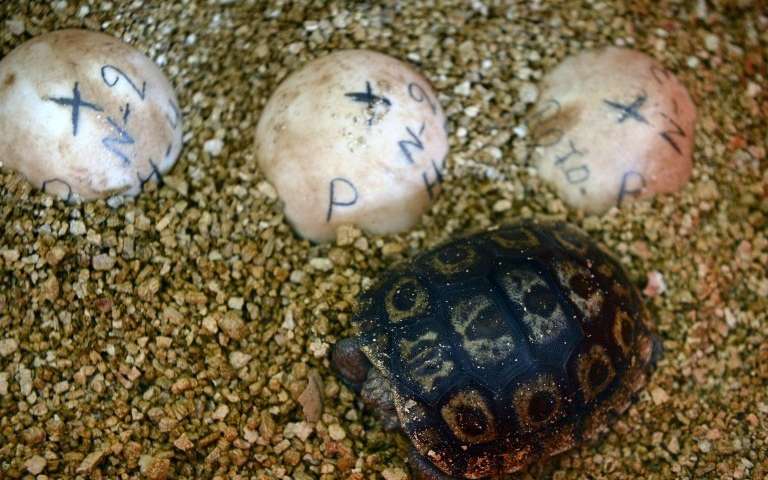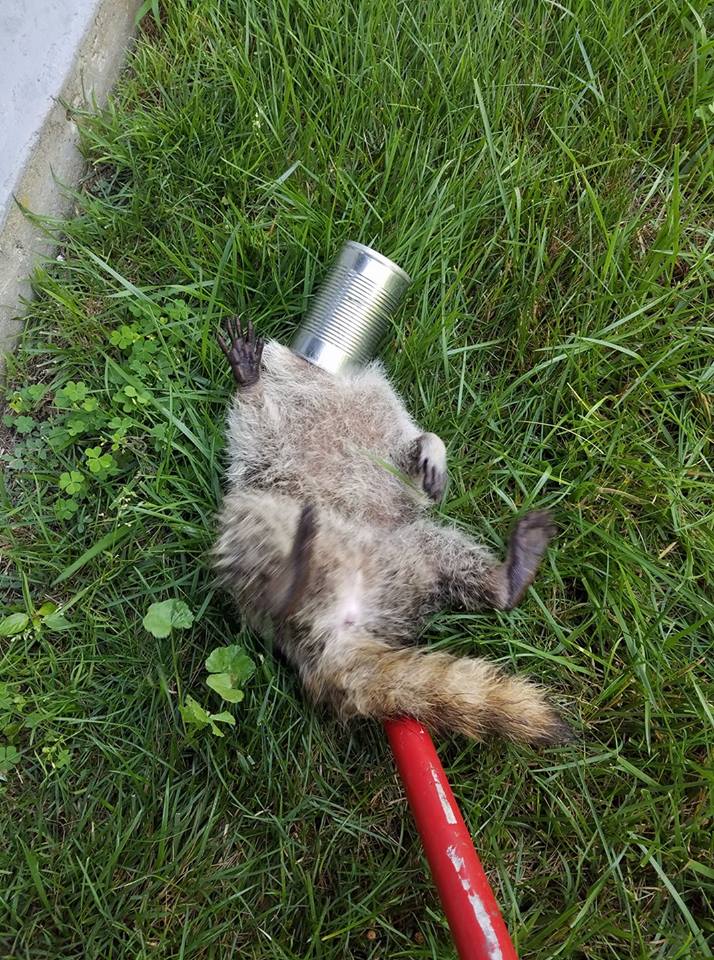A total of 123 baby giant turtles have been stolen from a breeding facility in the Galapagos islands, a lawmaker from Ecuador’s prized archipelago in the Pacific told AFP.
“They were all taken at once, 123 in all. It was a robbery,” Washington Paredes said by phone on Thursday. He said it happened Tuesday of last week.
The lumbering adult giant turtles are a beloved symbol of the islands that inspired Charles Darwin’s theory of evolution.
The Environment Ministry also said it would issue a statement when it had official information.
Paredes complained that the breeding facility where the theft occurred was poorly protected, with no security cameras or light sensors.
“The turtles are just there. If somebody wants to go in by night and steal, they can,” he said.
In June, 26 adult turtles that had been smuggled to Peru were returned to the islands.
Twelve species of giant turtles live on the islands, which are a United Nations natural heritage site.
The Giant Tortoise Restoration Initiative (GTRI) is a collaborative effort led by Galapagos Conservancy and the Galapagos National Park Directorate (GNPD).
The long-term goal of the initiative is to restore tortoise populations to their historical distribution and numbers across Galapagos, including on islands where tortoises went extinct. This historic effort is composed of four main components.
This ambitious initiative builds on a half century of tortoise research and conservation carried out by the Charles Darwin Research Station, the GNPD, and numerous visiting scientists and volunteers. Since its establishment in 1985, Galapagos Conservancy has supported much of this work.
Giant tortoise species, along with the endemic rice rats, were the most historically decimated species in the Galapagos Islands. Humans, primarily buccaneers and whalers, exploited them as a food source during the 18th and 19th centuries. They were later harvested for oil. Today, limited poaching of tortoises still occurs in some areas. Introduced species (primarily rats, pigs, dogs, and the Solenopsis ant) prey on tortoises (particularly eggs and hatchling tortoises); others (goats, cattle, donkeys, and invasive plants) damage or destroy tortoise habitat.
A total of 15 tortoise species have been identified. According to the IUCN Red List, six are considered Critically Endangered, three Endangered, three Vulnerable, and two Extinct. In the case of the Fernandina tortoise, it is probably extinct but anecdotal information suggests that a few individuals may remain. The fifteenth species, from Santa Fe Island, went extinct in the mid-1800s; as there is no complete museum specimen, only pieces, the species was never officially described or named.




